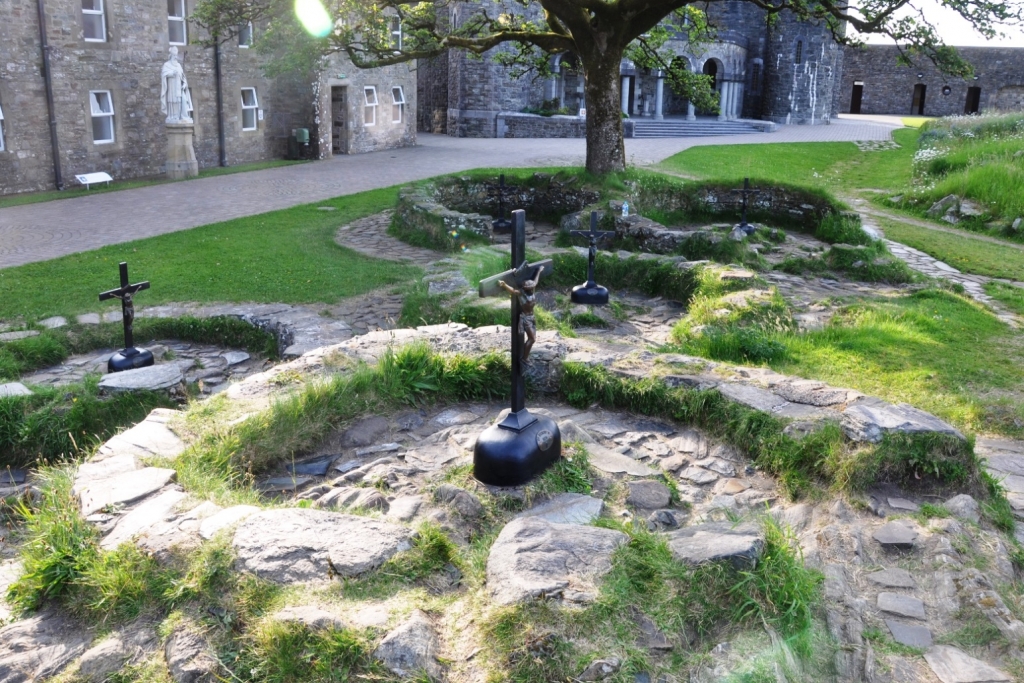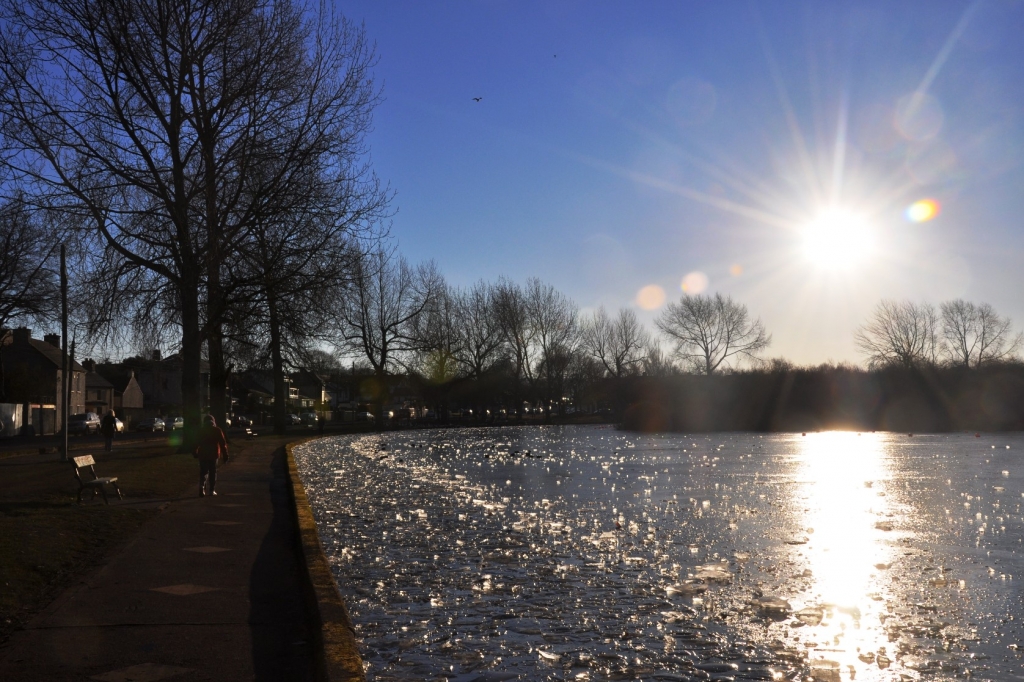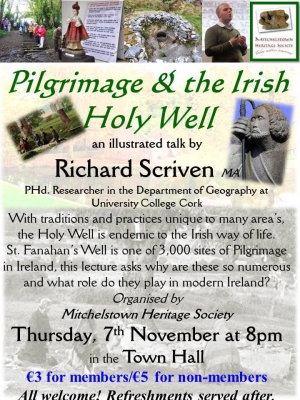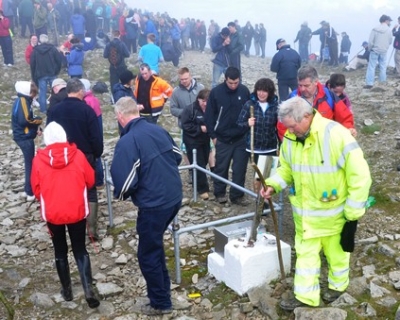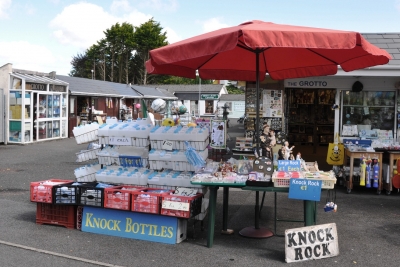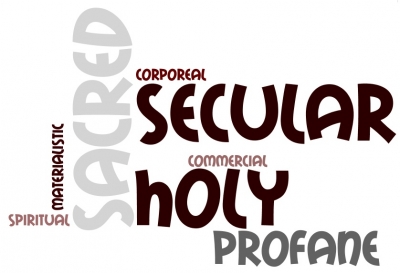Can know all the math in the ‘verse but take a boat in the air that you don’t love? She’ll shake you off just as sure as a turn in the worlds.- Captain Malcolm “Mal” Reynolds, Serenity, 2005
Far as I see it, you people been given the shortest end of the stick ever been offered a human soul in this crap-heel ‘Verse. – Jayne Cobb, Jaynestown 1.7, 2002
The ‘Verse is the colloquialism for the known Universe in the science-fiction TV series Firefly (2002-03) and the follow-up film Serenity (2005). The series/film, created by Joss Whedon, are a Sci-Fi Western or Space Western drama set in 2517 when people have colonised a new star system after a mass-exodus of ‘earth-that-was’ due to population pressures. The show, which was cancelled after only series/season (although it has a considerable cult status) and subsequent film, follow a motley band of characters on a Firefly-class space ship called Serenity. In doing so, like all good science-fiction, it explores deeper political, social and cultural issues. The ‘Verse is a rich terrain for geographic observations.
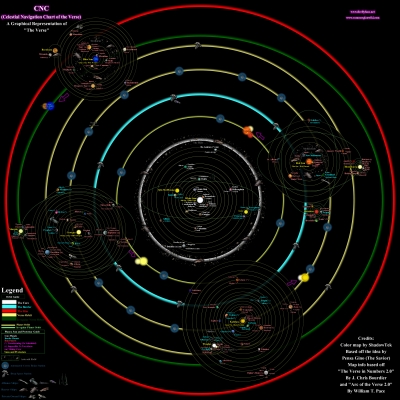
Map of the ‘Verse: CNC (Celestial Navigation Chart of the Verse) Version 1.06 Source: http://www.fireflyfans.net/mthread.aspx?bid=2&tid=50808 Accessed 8 Feb 2013
The ‘Verse is one star system, consisting of a cluster of five stars and several brown dwarfs, in which people are spread over dozens of planets and hundreds of moons (all mostly referred to as worlds). This is a more limited setting than other sci-fi shows and, therefore, creates a situation that balances the expansiveness of space and the containment of a single star system, albeit a large system consisting of several minor ones (facilitated by the absence of faster-than-light travel). The ‘Verse then is the sphere in which these peoples operate, it is the ‘known’ universe in as much it is the region of life and existence.
The ‘Verse as a vast yet bound space is ideally suited to examinations of cores and peripheries, with the central worlds being centres of government, civility and high-culture and the peripheral (or Rim) worlds being unruly, rough and rustic. Themes which are central to the stories, such as the controlling (semi-authoritarian) state, the dominance of mega-corporations, and individual’s and group’s search for freedom and self-determination, can unfold nicely in this universe.
Related to these ideas, is the employment of (US American) Western tropes, including lawlessness, survival, persistence and evangelicalism. In many ways, it is as much a Western as a Science-Fiction tale. The peripheral worlds are literally frontier places. It is in these spaces that the taming and ‘civilising’ forces and the wild elements of the edge come in contact. The protagonists of the series/film occupy this space well as they are mostly anti-heroes who engage in illegal or at least para-legal activities, while adhering to their own code-of-honour. The lifestyles, landscapes, architecture, clothing, folk customs and dialects evoke the ‘Wild West’. And, as a Western, of course, there is plenty of room for horses, shoot-outs, bar fights and train heists.

Union of Allied Planets flag (episode Bushwacked), a mixture of the US and Chinese flags. Source: http://en.wikipedia.org/wiki/ File:Flag_of_Alliance_(Firefly).svg Accessed 9 Feb 2013
Language is a strong component of the world-making. Firstly, the occasional use of Chinese in the dialogue represents the survival as English and Chinese as the primary languages of humanity. The Union of Allied Planets, the corporate super-government, is a blend of US American and Chinese culture and all the worlds of ‘Verse have a Chinese (Sino) and and English (Anglo) name. The implicit geo-politcal statement being the continued roles of the US and China as the dominant world powers into the future.
Secondly, the manner and style of speech plays a large role in creating this universe. The Rim Worlds’ dialects and turns-of-phrase conjures up the folk speak of the West, while also differentiating those from the Rim Worlds – the fronters’ people, including some of the main cast (Mal, Zoe, Jayne and Kaylee) – from the civilised peoples of the core worlds – which also includes a number of the crew (Inara, Simon, River and Shepherd Book). Rim Worlds’ speech includes elements such as truncating the “g” from “ing” words (“schoolin’”), using “don’t” instead of “doesn’t, no -ly on adverbs from adjectives and misuse or malforming of verbs (Firefly Wiki Accessed 9 Feb 2013).
Examples of dialogue:
- Mal: And I’m thinkin’ you weren’t burdened with an overabundance of schooling. So why don’t we just ignore each other until we go away? Lund: The In’e’pen’ents were a bunch of cowardly, inbred piss-pots. Should’ve been killed off of every world spinnin’.
- Jayne: Oh, I think you might wanna reconsider that last part. See, I married me a powerful ugly creature.
- Mal: “Jayne, your mouth is talking. You might wanna look to that.”
Due to the short run of the series, many elements of the ‘Verse remain unexplored; however, the setting and the worlds created did offer interesting speculation of futures that will, or at least may be.
Further reading:
The Firefly Wiki article on The Verse
The Wikipedia list of the Firefly universe Planets and Moons
Image of the Verse
